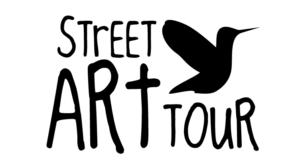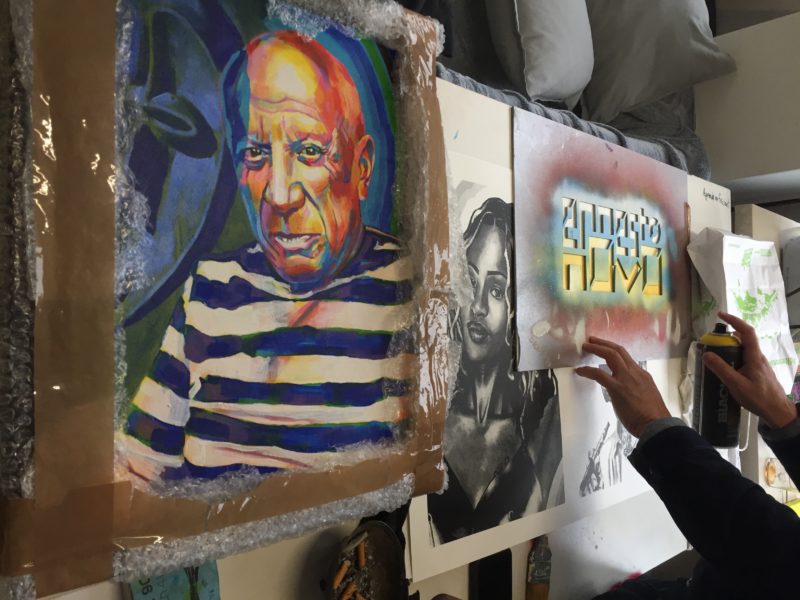Life belongs to those who want to feel it palpitate. To experience it, to indulge in it without shame, and even feel it at the climax of intimacy in a nearly hand-to-hand struggle that doesn’t exclude any lovers’ desire. In love, as in life, there is a need for the first step. And so, the painting of Ernesto Novo is a journey. This journey testifies of first a place to remember for the painter and second a dedication
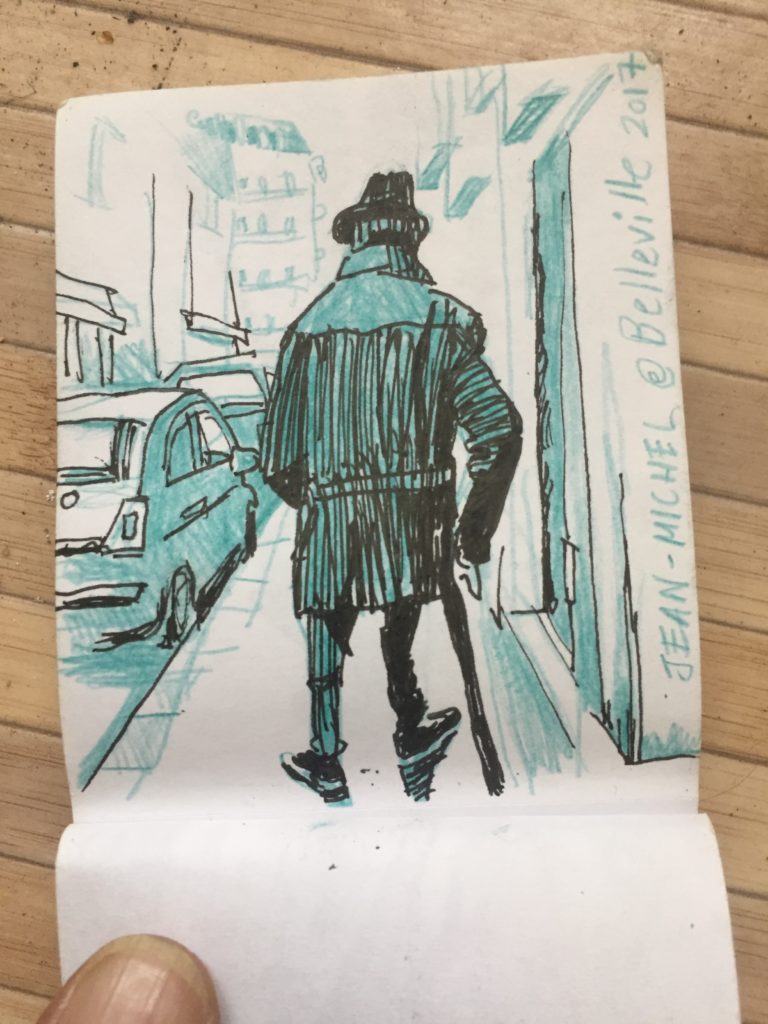
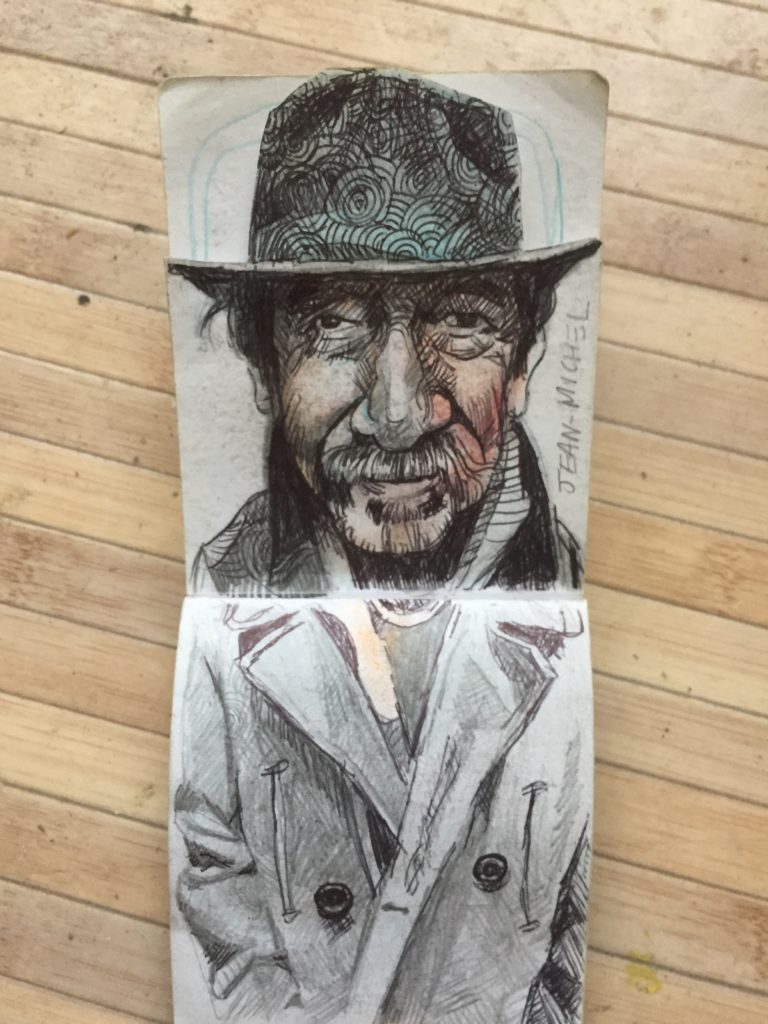
The dedication is to the people who have marked their social commitment. Symptomatically, among the very first walls he has painted were the portraits of two women that fought in La Résistance during the war : Germaine Tillion and Geneviève Anthonioz de Gaulle for their “entrance” at Le Panthéon.
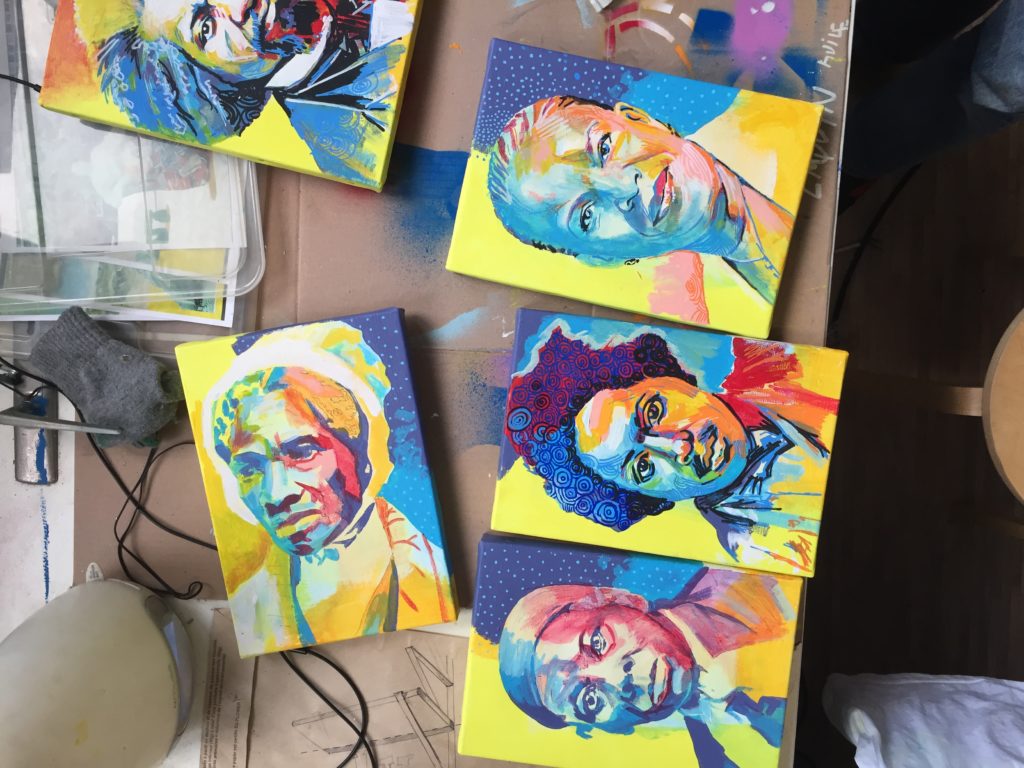
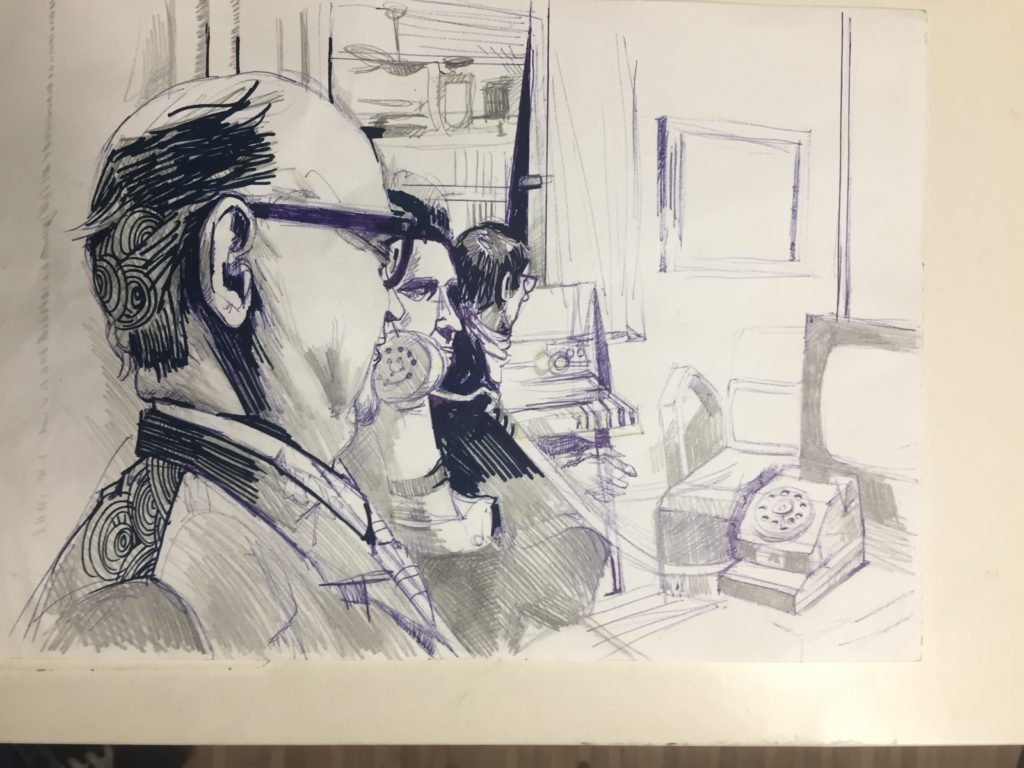
So to speak, this sensitive attitude toward those marginalized by the dominant perception will go on in the future walls. For example, the painting of the Baoulé traditional mask will serve him to protest against the arbitrary shape of the modern African states due to the colonial exploitation lasting during centuries.
Or the portrait of the black Napoleon, I have named Toussaint Louverture who gave his independence to Haïti back in 1792, in order to tell the African people the organization is possible, the fight still goes on.
“Life is the art of encounter” used to say Vinicius de Moraes and there is no need to have a philosophy chair at College de France to get it. The painter could have the same motto, only he doesn’t express it through the same discipline. To make a dedication is to make sens, to bring the light in the middle of darkness, to enlighten in the view of everyone those forgotten by all.
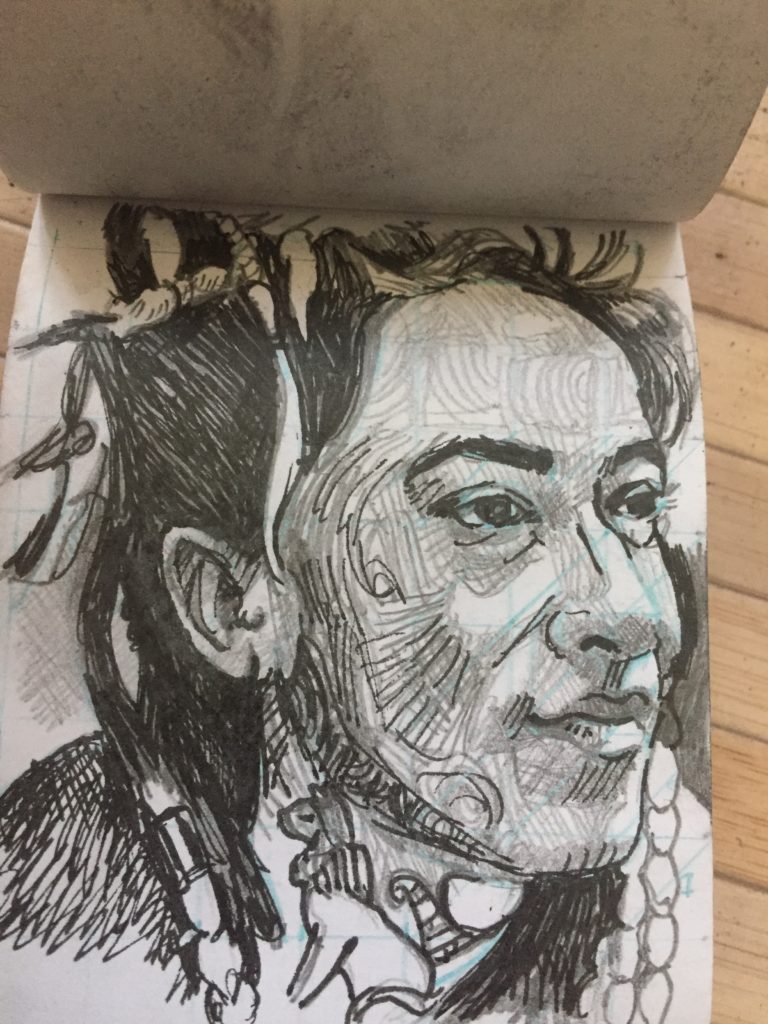
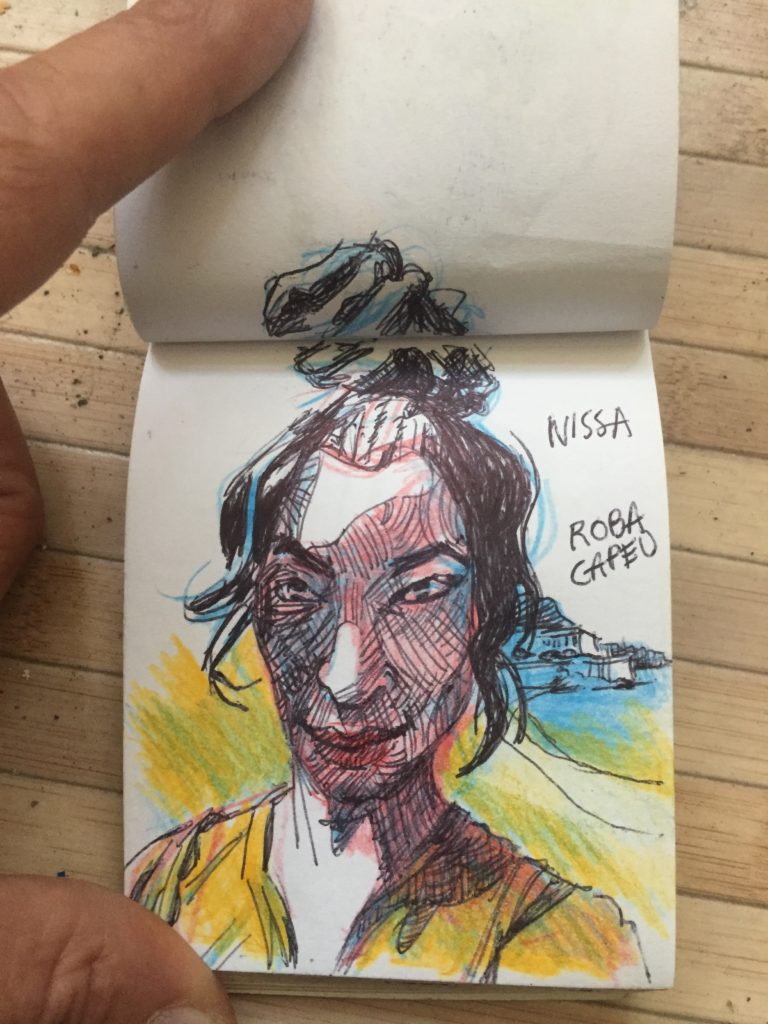
A place to remember is to uncover in pieces of art what personal remembrance we are projecting in our collective history. As such, Verdun is the place to remember the slaughter of war, Ravensbrück is for the horror of rationalized hate and at least the French Résistance is the Republican patriotism.
Ernesto Novo’s travel books are a feature of his collection of impressions about the places and the people living there.
All along with their pages, the drawings echo to the history of local people. Through his notebooks, the painter invites us on a date with the values he brings to his work. Open-minded spirit, arms wide open, solidarity and brotherhood. When he shares them, we surely recognize ourselves in those. And because they tend specifically towards universality, they generally do not cease to reach out to the particular. Through the delicate sharing of his sensibility, the artist enriches us with the hue of his personal vision; in this triangular space where he engraves us with his models and himself. He doesn’t follow a fixed path, he creates his own and therefore leaves a trace. And, in doing so, he re-traces us.
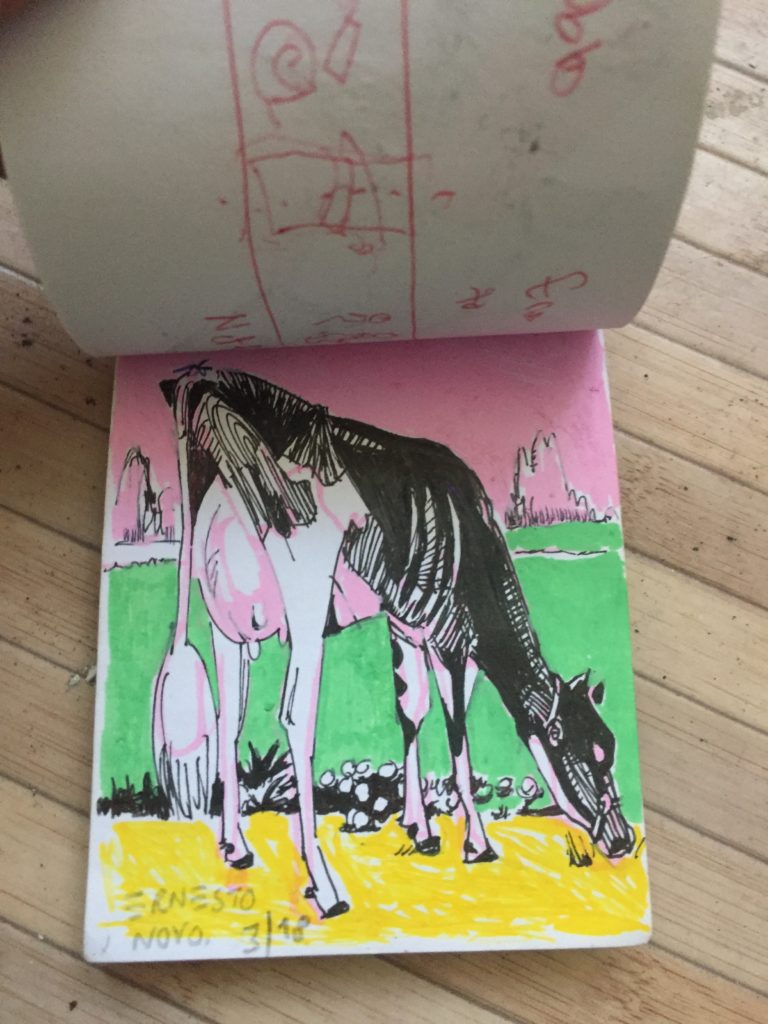
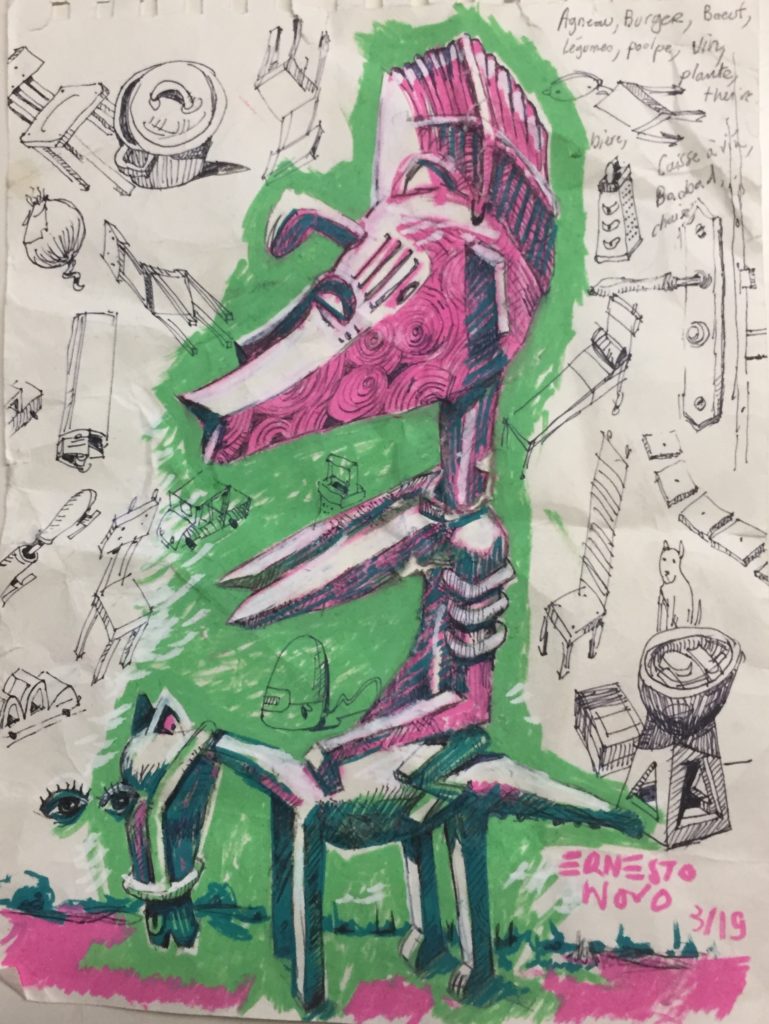
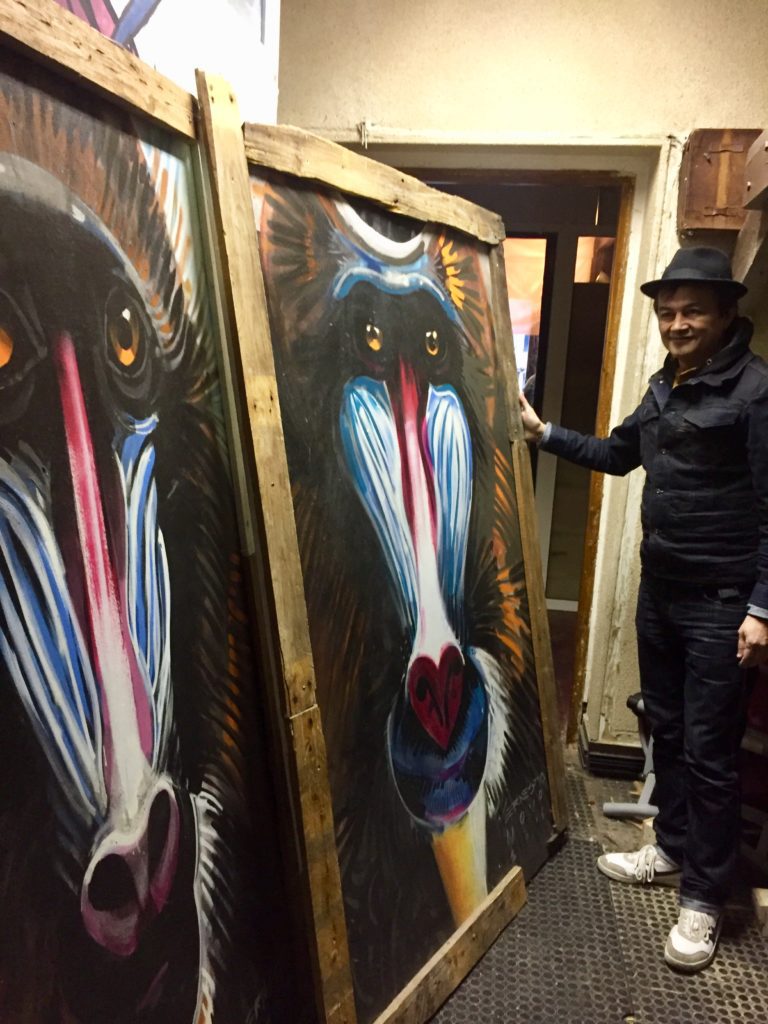
Article written by : Sigismond Cassidanius
